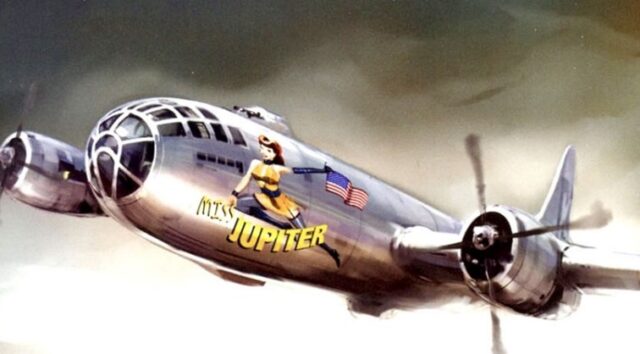The Pin Up Girls
Andreas J. Pratama
What is a pin up? A pin up is a figure originating from the year 1887 by Charles Gibson. Primarily pin ups were realistic-looking illustrations of desirable female figures. Given the perfect forms these illustrations were often considered too perfect. The female figures have tall necks, elongated slender limbs, eerily tight waist lines and seemingly dirtproof; eternally elegant and desirable to the hetero patriarchy. They are the ultimate standard to female beauty and assertiveness at the time, the women may appear strong, intelligent, mildly seductive and available.

Example of 1888 Charles Gibson’s “Gibson Girls” illustration
When the first world war arrived the pin ups quickly shifted and gave form to sexually charged war propaganda aimed at any European male able bodies to enlist in the military to join the cause. It was through this historical phenomenon that the pin ups shift through to another mode of function: War recruitment propaganda. The propaganda borrowed bias towards female attraction and projecting into the desire to protect the country. Effectively appealing to the male sense of competition, of self-proving, chivalry, and honor.

Post WW1, around 1930s George Petty continued the pin-up tradition and quickly gaining recognition occupying the center folds of magazines, locker posters and ultimately the hearts of male Americans. During the WW2, Alberto Vargas continue to preserve the pin up culture by keeping the spirits of lonely and homesick marines on the front line up by bestowing Goodluck on their B-29 bombers through the pin up decal.

Pin up WW2 (fictional illustration for The Watchmen “Silk Spectre”)
The pin up girls continue to exist today in the form of vintage style lingerie boudoir portraiture, post WW2 style dress ups. Despite the world acknowledging the prominence of pop up as a strong attention magnet, its uses in contemporary times is no longer suited for propaganda, instead it is remembered as a pleasant memory from the past; of hope, of longing for home, and entertainment (such as in the playboy magazine) and the eternal ideal of beauty.
Comments :